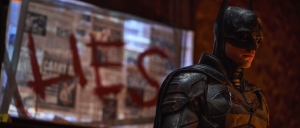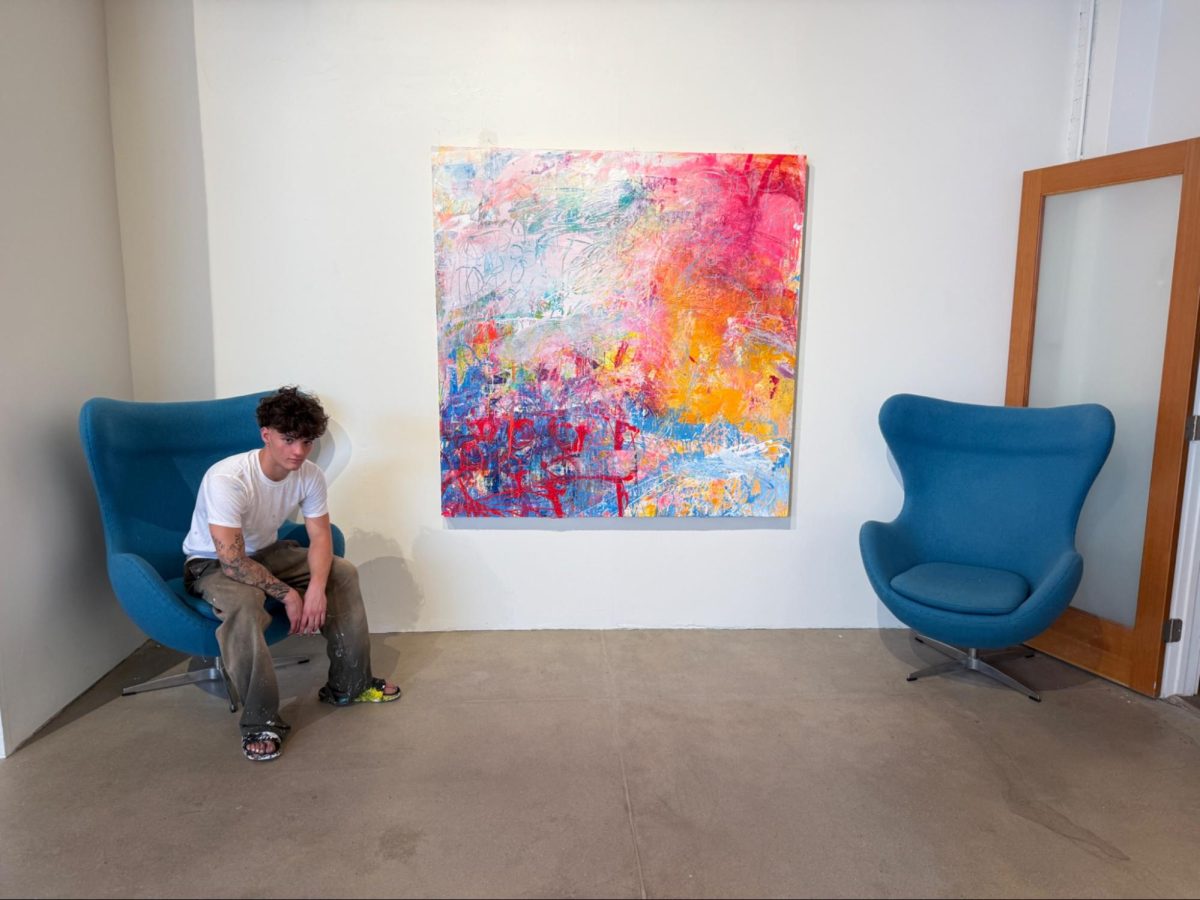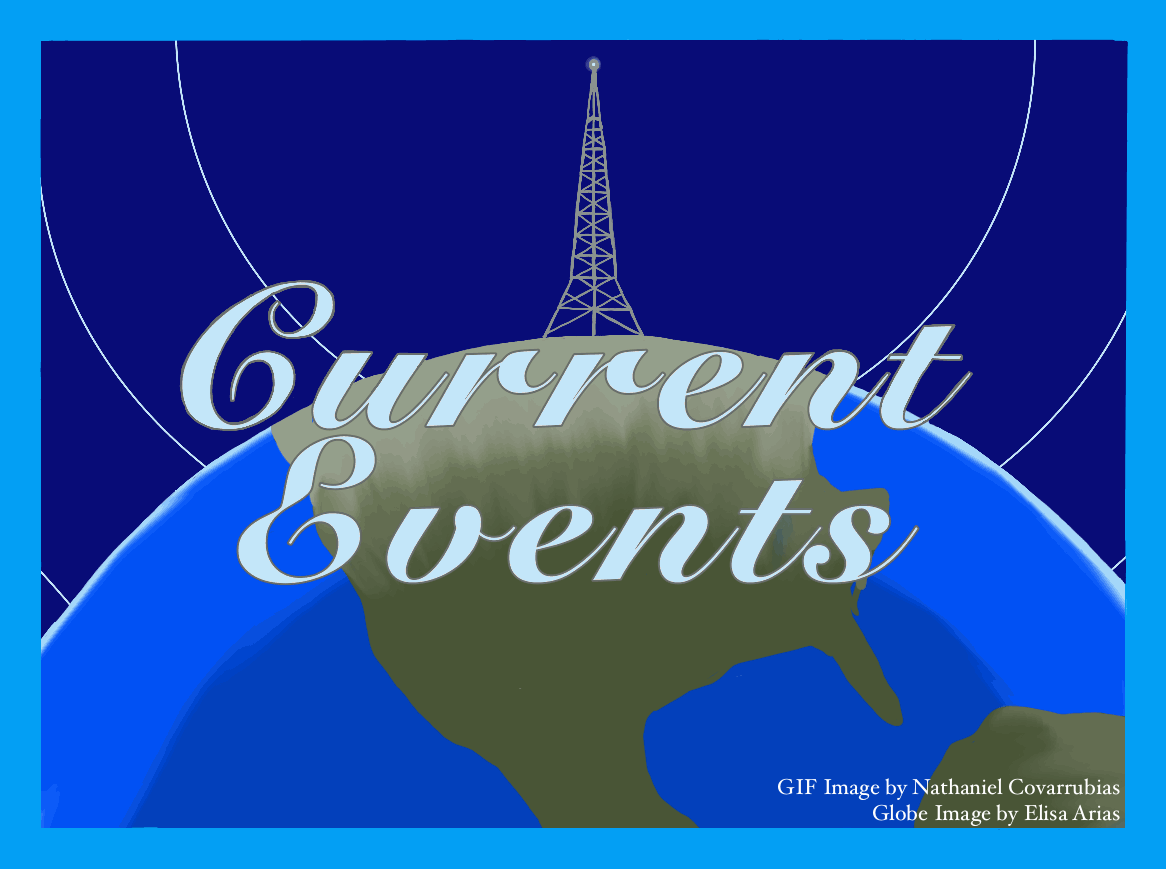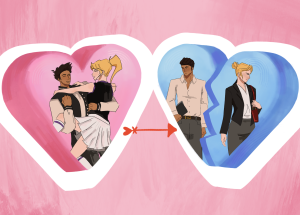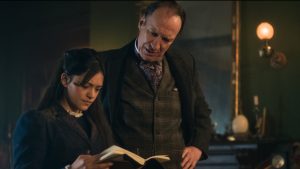Director’s version of Gotham and its elements make the runtime worth it
May 10, 2022
Matt Reeves’ “The Batman” is in my opinion one of the best films ever made. Before that, “Minari” about a Korean family moving from California to Arkansas in search of the American dream was a top favorite of mine. Though the latter’s run time was at nearly two hours, the recently released DC superhero flick goes on for nearly three hours (just four minutes shy).
That’s one of the main criticisms about the film – its runtime.
While yes, most movies – especially superhero ones – tend to stay within the two-hour limit, it’s important to keep in mind that this is a new interpretation of the Batman franchise after Christopher Nolan’s standard-bearing Dark Knight trilogy (“Batman Begins,” 2005; “The Dark Knight,” 2008; “The Dark Knight Rises,” 2012). So this latest version had to set up a completely new world for audiences to see.
As director, Reeves (“Mother/Android”) made the decision to show viewers what his interpretation of Gotham looks like with its grimy crime corruption and the various characters who rule the streets.
Batman, Catwoman and the Riddler also needed time to have their respective compelling character arcs and motivations as to why and how they developed in terms of their character traits. Robert Pattinson’s Bruce Wayne especially needed the time to change from viewing himself as a vengeful crusader to a symbol of hope for the people of Gotham.
The movie’s pacing allows all of this to be shown in detail. Its scenes are justified as much as those of the Top 3 longest runtime of U.S. films according to newsweek.com: 1939’s “Gone With the Wind” (two minutes shy of four hours), 1984’s “Once Upon a Time in America” (three hours and 49 minutes) and 1962’s “Lawrence of Arabia” (three hours and 36 minutes).
In terms of its cinematography, “The Batman” is a welcome departure from previous DC and Marvel superhero films.
Cinematographer Greig Fraser uses lighting to accentuate certain locales within Gotham; Fraser also employs the use of older lenses to give “The Batman” a unique look that previous films of this genre didn’t have before.
The last complaint I hear about is the epic climax of the film. Without spoiling it for those who haven’t seen it on the big screen, I understand that it’s completely ridiculous.
But it serves a point in the end. It shows the bad effects of Batman’s influence on the Riddler’s followers. This causes the caped crusader to finally find what he needs to make real change in Gotham.
For those who haven’t watched the March 4-released film yet, be sure to go into the theater with the mindset that the next several hours will be worth looking at the screen to see what the flick’s producers have to offer.
I can’t wait to see the sequel and wouldn’t mind if it had the same runtime, if not longer. Someone’s got to catch up with “Gone With the Wind.”


